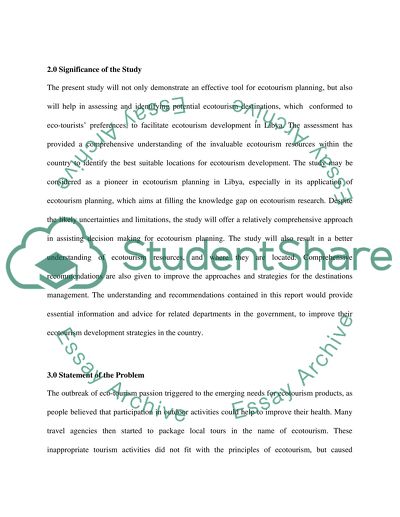Cite this document
(The Impact of E-tourism on Libyas Tourism Industry Research Proposal, n.d.)
The Impact of E-tourism on Libyas Tourism Industry Research Proposal. Retrieved from https://studentshare.org/tourism/1527318-libyas-tourism-industry
The Impact of E-tourism on Libyas Tourism Industry Research Proposal. Retrieved from https://studentshare.org/tourism/1527318-libyas-tourism-industry
(The Impact of E-Tourism on Libyas Tourism Industry Research Proposal)
The Impact of E-Tourism on Libyas Tourism Industry Research Proposal. https://studentshare.org/tourism/1527318-libyas-tourism-industry.
The Impact of E-Tourism on Libyas Tourism Industry Research Proposal. https://studentshare.org/tourism/1527318-libyas-tourism-industry.
“The Impact of E-Tourism on Libyas Tourism Industry Research Proposal”, n.d. https://studentshare.org/tourism/1527318-libyas-tourism-industry.


